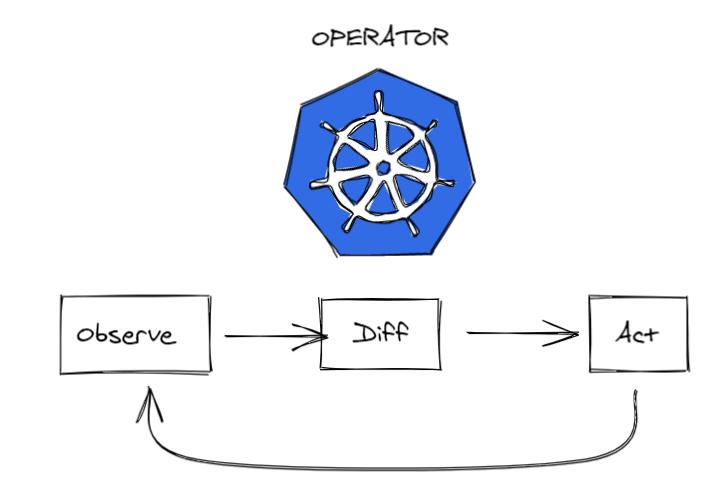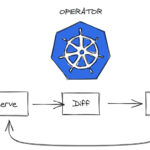Imagine managing a vast orchestra without a conductor. Each musician plays their part, but without coordination, the result is chaotic. Kubernetes, the maestro of container orchestration, already brings structure to this symphony. But what if you needed to automate even the conductor’s role—ensuring the orchestra not only plays together but adjusts dynamically to new instruments or audience requests?
That’s where the Kubernetes Operator Pattern steps in. It extends Kubernetes’ automation capabilities, enabling teams to manage complex applications as if they were native Kubernetes resources.
Why the Operator Pattern Matters
In traditional Kubernetes management, basic resources like pods and services can be deployed and scaled with ease. But sophisticated applications—databases, stateful systems, or distributed platforms—require more than scaling commands. They need intelligence.
The Operator Pattern acts like a skilled caretaker who not only waters plants but also knows exactly when to prune, fertilise, or re-pot them. By encoding operational knowledge into software, operators can automate repetitive tasks and respond to scenarios that previously demanded manual oversight.
For learners exploring advanced automation in a DevOps certification, understanding the Operator Pattern is often a pivotal step. It shows how orchestration evolves from simple scheduling to brilliant management.
Anatomy of an Operator
At its core, an Operator consists of two key parts:
- Custom Resource Definitions (CRDs): These extend Kubernetes to understand new types of objects—think of them as adding new words to Kubernetes’ vocabulary.
- Controller Logic: This is the brain that interprets the state of resources and takes corrective action, ensuring reality matches the desired state.
For example, a PostgreSQL operator doesn’t just deploy a database; it knows how to handle upgrades, backups, and failovers automatically. It’s like hiring an expert gardener who knows the unique needs of each plant in your greenhouse.
Automating Complexity with Operators
The power of Operators lies in their ability to handle complexity seamlessly. Consider a Kafka cluster. Setting it up manually involves multiple configurations, scaling brokers, and managing topics. With an Operator, these processes become codified routines—Kubernetes handles the orchestration while the Operator enforces domain-specific logic.
This automation saves time, reduces errors, and frees teams to focus on innovation instead of maintenance. In a world where downtime costs businesses heavily, Operators act as guardians who ensure resilience and continuity.
Building and Using Operators
While many Operators are available off the shelf in the Kubernetes ecosystem, teams can also build their own. Frameworks like Operator SDK or Kubebuilder simplify the process, allowing developers to encode operational expertise directly into controllers.
The process involves defining CRDs that describe the new resource, then writing reconciliation logic to maintain its state. Though this requires investment, the payoff is long-term scalability and maintainability for mission-critical systems.
Advanced training modules, often part of a DevOps certification, walk professionals through building custom Operators. These exercises highlight the importance of bridging operational knowledge with software automation.
Challenges in Adopting the Operator Pattern
Like any powerful tool, Operators come with challenges. Writing them requires programming skills and deep domain expertise. Misconfigured Operators can automate mistakes at scale, amplifying problems instead of solving them.
There’s also the consideration of complexity—does every workload need an Operator, or only the most mission-critical ones? Teams must evaluate trade-offs carefully before diving in.
Conclusion
The Kubernetes Operator Pattern represents a leap forward in application management. By embedding human operational wisdom into software, Kubernetes can move beyond orchestration into true automation.
Operators are not just about efficiency; they are about resilience, scalability, and freeing teams to focus on innovation, for organisations embracing Kubernetes at scale, adopting the Operator Pattern is like training a conductor who not only guides the orchestra but also learns and adapts with every performance.








